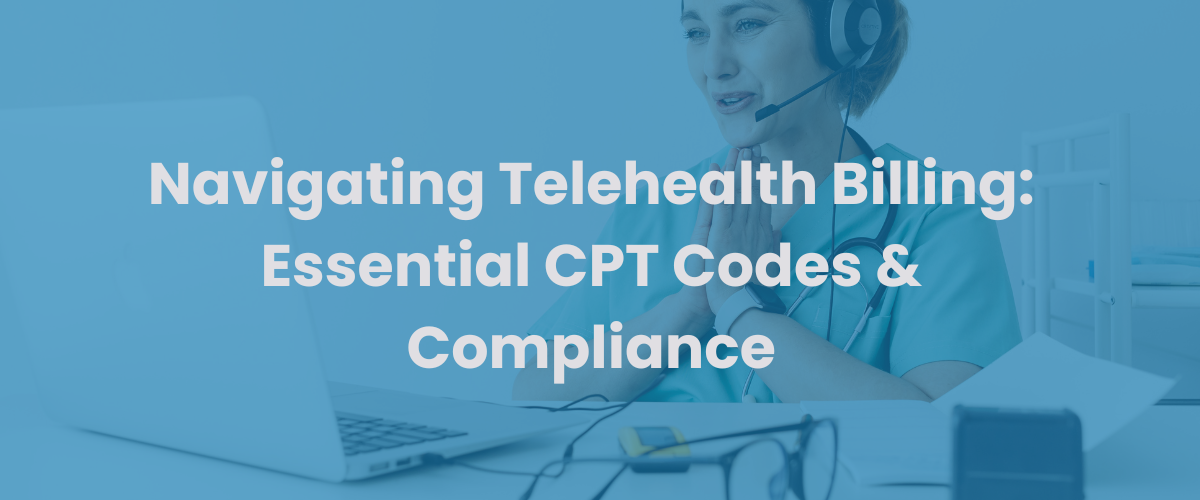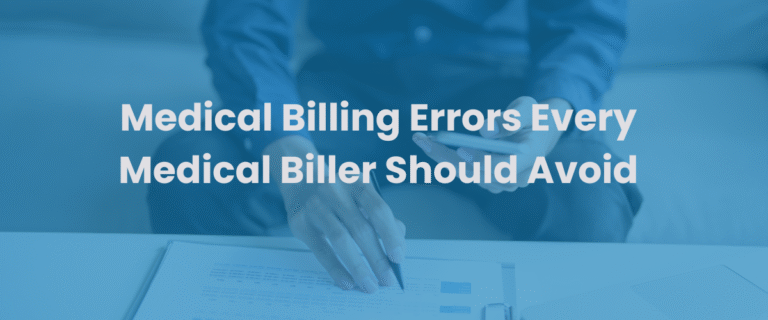The telehealth revolution has permanently transformed healthcare delivery across the United States. As virtual care becomes a mainstay, providers must master the intricacies of telehealth billing to ensure accurate reimbursement, regulatory compliance, and financial sustainability. In 2025, new CPT codes, evolving payer rules, and compliance requirements make this landscape more complex—and more critical—than ever.
Why Telehealth Billing Matters More Than Ever
Telehealth’s rapid expansion, driven by patient demand and regulatory flexibility, has unlocked new revenue streams for practices of all sizes. Yet, without a solid grasp of telehealth billing codes and compliance best practices, providers risk denied claims, delayed payments, and costly audits. Accurate billing is not just about getting paid—it’s about keeping your practice running smoothly and your patients satisfied
2025 Telehealth CPT Codes: What’s New?
The American Medical Association (AMA) and CMS have introduced a new set of telehealth CPT codes for 2025, reflecting the diverse ways providers deliver care remotely. These codes are designed to streamline billing, accommodate both audio-video and audio-only visits, and ensure fair compensation for providers
Key 2025 Telehealth CPT Codes:
| Code Range | Description | Patient Type | Modality |
| 98000–98003 | Synchronous audio-video visits | New patients | Audio-video |
| 98004–98007 | Synchronous audio-video visits | Established patients | Audio-video |
| 98008–98011 | Synchronous audio-only visits | New patients | Audio-only |
| 98012–98015 | Synchronous audio-only visits | Established patients | Audio-only |
| 98016 | Patient-initiated virtual check-in | Established patients | Brief tech-based |
- Audio-Video Services: Use codes 98000–98007 for real-time, interactive video visits.
- Audio-Only Services: Codes 98008–98015 replace the old 99441–99443 telephone codes. At least 10 minutes of medical discussion is required for audio-only billing, even if Medical Decision Making (MDM) is used for code selection.
- Virtual Check-Ins: Code 98016 now covers brief, patient-initiated check-ins, replacing G2012.
Pro Tip: The new code descriptors already indicate telehealth, so modifier 95 is not required for these codes. However, always check payer-specific requirements as some may still request modifiers or unique documentation.
Modifiers and Place of Service Codes: Getting It Right
Correct use of modifiers and place of service (POS) codes is essential for clean telehealth claims:
Modifiers:
- 95: For audio-video telehealth (if required by payer)
- 93: For audio-only services (if required by payer)
- GT: Sometimes required by Medicare for telemedicine
- Place of Service Codes:
- 11: Office (most common if not otherwise specified)
- 02: Telehealth provided other than patient’s home
- 10: Telehealth provided in patient’s home
Each payer may have unique requirements for modifiers and POS codes. Maintaining an up-to-date payer matrix is key to avoiding denials.
Compliance Essentials for Telehealth Billing
1. Documentation:
Thoroughly document every telehealth encounter, including modality (audio-video or audio-only), patient consent, session duration, and clinical decision-making. Inadequate documentation is a leading cause of claim denials and compliance risk.
2. Platform Compliance:
Ensure your telehealth platform is HIPAA-compliant, with secure, encrypted connections, audit logs, and proper data storage. This not only protects patient privacy but also supports billing verification and audit readiness.
3. Insurance-Specific Rules:
Medicare, Medicaid, and commercial payers each have their own policies for telehealth. Medicaid requirements vary by state, while commercial insurers may require prior authorization or have unique documentation standard. Regularly review and update your billing policies to reflect these variations.
4. Technology and AI Integration:
Modern billing solutions, including AI-powered tools, can automate repetitive tasks, reduce human error, and streamline your revenue cycle. These technologies are increasingly essential for efficient telehealth billing and can help practices save time and money.
Best Practices for Clean Telehealth Claims
- Stay Current: Telehealth billing rules change frequently. Subscribe to payer updates and industry newsletters.
- Train Your Team: Regular staff training on new codes, modifiers, and compliance requirements is crucial.
- Audit Regularly: Conduct internal audits of telehealth claims to catch errors before payers do.
- Partner with Experts: Consider working with a specialized medical billing company to optimize your telehealth revenue cycle and minimize compliance risk.




